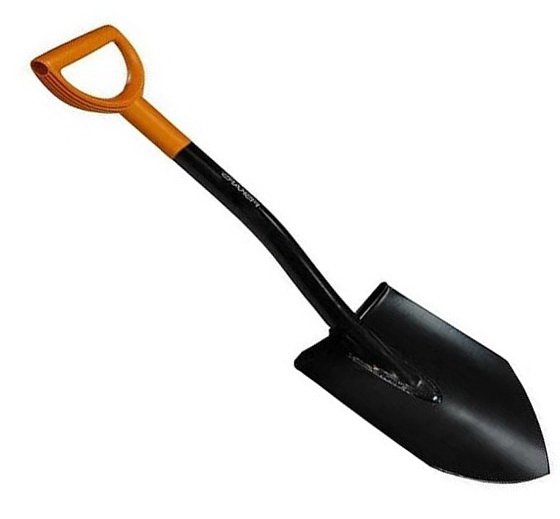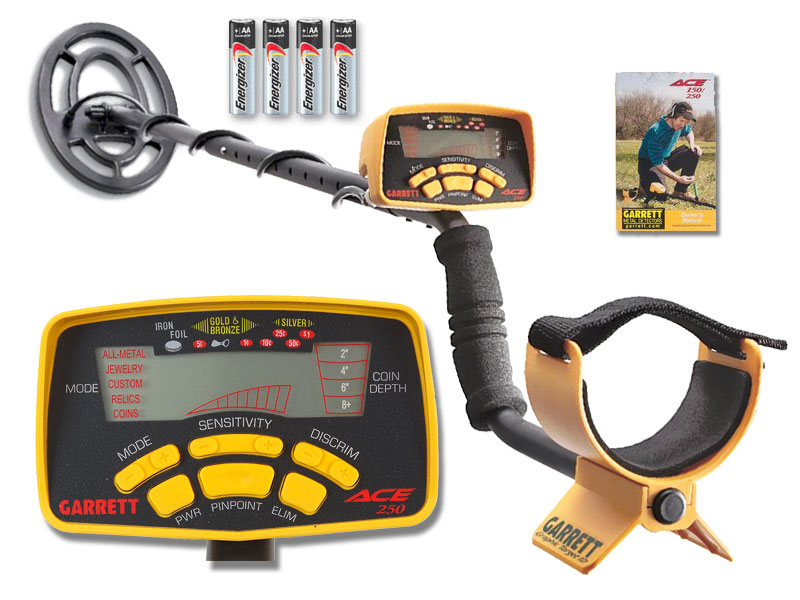Niewypał, niewybuch, a może coś innego?
W Polsce kwestie dotyczące bezpieczeństwa podczas używania wykrywaczy metali od zawsze traktowano po macoszemu. Wojsko Polskie nie prowadzi zaawansowanych szkoleń z identyfikacji i klasyfikacji materiałów niebezpiecznych pochodzących z wojen światowych. Podobnie niestety postępują cywilne firmy saperskie, odpowiedzialne za wykonywanie oczyszczania terenu. Jest to jednak temat bardzo szeroki i zasługuje na oddzielny artykuł. Tutaj chciałbym poruszyć kwestię tak banalną, a niebanalną zarazem – czy znaleziony przedmiot jest niewybuchem, niewypałem, a może żadnym z nich?
Wśród poszukiwaczy skupionych na numizmatycznej stronie hobby terminy niewypał i niewybuch stosowane są zamiennie. Ten podstawowy błąd ma przełożenie na zazwyczaj zupełnie nieprawidłową ocenę ryzyka i często poszukiwacz panicznie boi się rzeczy zupełnie bezpiecznych, ryzykownie postępując z przedmiotami niebezpiecznymi. W tym artykule będzie nieco definicji i ich praktycznych rozwinięć.
O niewypale mówimy w przypadku awarii części składowej naboju, która nie pozwoliła na prawidłowe oddanie strzału (pocisk nie opuścił komory). To bardzo powszechne określenie dotyczy w zasadzie dość wąskiej grupy obiektów i statystyczny wykopkowy Kowalski z niewypałami będzie spotykał się głównie w odniesieniu do amunicji strzeleckiej. Każdy kto wędrował po leśnych ścieżkach czy polach przy zbiornikach wodnych zapewne natknął się na jakiś niewypał w postaci wyrzuconego naboju myśliwskiego. Niewypały amunicji artyleryjskiej to sprawa dość rzadka, zwłaszcza że dla amunicji rozdzielnego ładowania termin ten dla nas właściwie nie istnieje (z prostej przyczyny, że taki niewypał był „na miejscu” uzupełniany o potrzebny element). Stąd mówienie o niewypałach jako o zalegających pociskach jest zwyczajnie niepoprawne.
Kolejnym z popularnych określeń to niewybuch. Definicja jest już znacznie szersza, gdyż dotyczy amunicji, która w wyniku awarii jednego lub wielu elementów nie zadziałała po opuszczeniu lufy. Niewybuchy z zasady traktuje się jako bardzo niebezpieczne. W przypadku pocisków artyleryjskich charakterystyczną cechą niewybuchu jest ślad przejścia pocisku przez lufę na pierścieniu wiodącym. Z pociskami moździerzowymi odróżnienie niewypału od niewybuchu jest o tyle trudne, że opiera się o identyfikację opartą o kontekst wykrycia znaleziska. Stąd wszystkie pociski moździerzowe traktuje się jako niewybuchy o wysokim stopniu ryzyka. O ile w przypadku tych pocisków sprawa jest prosta, gdyż z góry musimy założyć, że zapalnik znajduje się w położeniu bojowym i przedmiot stwarza bezpośrednie zagrożenie, to sprawa komplikuje się w przypadku granatów. Dlatego też, podobnie jak pociski moździerzowe, granaty traktuje się jako bezpośrednio zagrażające życiu, gdyż zazwyczaj określenie, czy granat jest niewybuchem, czy nie, jest niemożliwe. Co zatem jeśli znaleziony przedmiot nie jest ani niewybuchem, ani niewypałem?
Paradoksalnie zdecydowana większość niebezpiecznych znajdek na terenie naszego kraju nie należy do wyżej wymienionych grup. Wobec słabego zaplecza merytorycznego opracowano termin amunicja porzucona (funkcjonujący w saperstwie cywilnym). Dotyczy on przedmiotów, które nie będąc niewybuchami i niewypałami, są zarazem pozostałościami po amunicji. Zagłębiem takich obiektów są chociażby miejsca niszczeń amunicji, gdzie w wyniku błędów saperów po wojennych magazynach do dziś zalegają tysiące pocisków, które nigdy nie użyte, zalegają w naszych lasach. Ocena ryzyka w przypadku amunicji porzuconej jest niestety dość niejednoznaczna i niestety kontekst znalezisk nie zawsze bywa pomocny, a często mylący. W przypadku amunicji porzuconej wysadzonej musimy zakładać, że na zapalnik pocisku działały duże siły (podczas detonacji), więc stan uzbrojenia zapalnika jest nieznany, co w praktyce równa się uznaniem go za bezpośrednio niebezpieczny. Teoretycznie amunicja porzucona na stanowisku bojowym może zostać uznana za potencjalnie niebezpieczną, aczkolwiek nie możemy niestety zakładać jednocześnie, że uporządkowany skład podręczny nie jest wynikiem powojennej zbiórki amunicji w okolicznych pól i lasów. Takie „składziki” są powszechnym elementem krajobrazu pól i lasów przylegających bezpośrednio do miejsc niszczeń amunicji – w latach 50. i 60. w ten sposób „utylizowano” zagrożenie na miejscu.
Czy zatem trzeba zakładać, że wszystko, co właśnie ukazało się w dołku, stanowi śmiertelne zagrożenie? Otóż nie. W ostatnich latach nie pojawiło się zbyt wiele doniesień o wypadku z użyciem materiałów niebezpiecznych pochodzenia wojskowego podczas eksploracji wykrywaczem i do tej pory wypadki te spowodowane były karygodnymi błędami. Najpoważniejszym błędem popełnianym przez poszukiwaczy jest niepotrzebna manipulacja przedmiotem. Warto zadać sobie trochę trudu i przed eksplorowaniem pobojowisk poznać podstawowe typy amunicji, aby widzieć, z czym możemy mieć do czynienia (sądzę, że na blogu pojawi się sporo wpisów opisujących niebezpieczne znajdki). Nie jest nam potrzebna dokładna identyfikacja, tylko zasada działania konkretnego obiektu. Po wykryciu obiektu minimalizujemy manipulowanie nim do minimum i pozostawiamy w takim stanie do przyjazdu odpowiednich służb. W naszym kraju powszechną praktyką jest zakopywanie takich rzeczy głębiej. Zwyczaj ten ma dobre podłoże i zrozumiałe są jego powody (także formalne), aczkolwiek warto pamiętać, aby w przypadku przenoszenia takiego obiektu nie zmieniać jego położenia (horyzontalnego zazwyczaj) i unikać gwałtownych ruchów. Pamiętajcie, że robicie to na własną odpowiedzialność i mimo wszystko, polecam jednak drogę ze zgłoszeniem znaleziska służbom.
Kolejnym błędem, który w roku ubiegłbym dla pewnego młodego chłopaka pracującego przy oczyszczaniu terenu skończył się poważnym okaleczeniem ciała, jest ignorowanie ryzyka pobudzenia przedmiotu niebezpiecznego uderzeniem szpadla. Współczesne wykrywacze pozwalają na skuteczne namierzenie celu i określenie jego ułożenia w gruncie, więc na terenach, gdzie istnieje ryzyko napotkania przedmiotu niebezpiecznego (czyli w zasadzie na terenie całej Polski), zalecam kopanie w sposób cywilizowany i nie „prosto w sygnał”. Nie dość, że unikniecie ryzyka zniszczenia fanta, to z pewnością nie spowodujecie detonacji żadnego z ładunków. Uwierzcie mi, zarówno człowiek jak i szpadel nie wyglądają zbyt kompletnie po zdetonowaniu nawet niedużego ładunku w dołku.
To wszystko to oczywiście definicyjny zarys problematyki określania znalezisk niebezpiecznych podczas poszukiwań. Pamiętajcie proszę o elementarnych zasadach bezpieczeństwa i doszkalajcie się, aby zminimalizować wszelkie ryzyko związane z tym pięknym hobby. Nie tylko w lasach, ale także na pozornie „czystych” od zardzewiałej śmierci poletkach.






